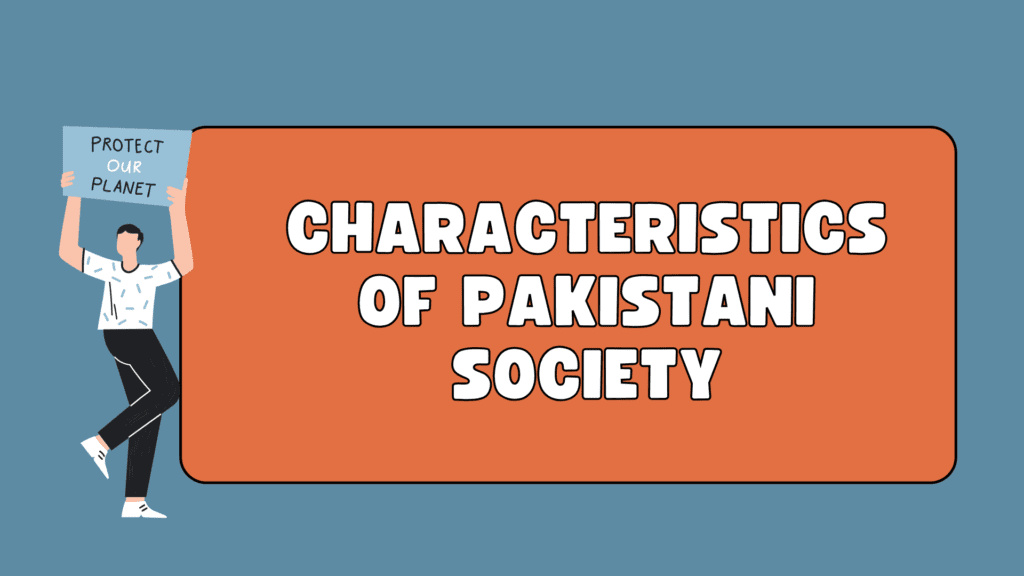Pakistan is a Muslim-majority country, but it is home to several religious minorities. According to the Constitution of Pakistan (1973):
-
-
Freedom of religion is guaranteed under Article 20.
-
Minorities are recognized as equal citizens with rights to practice their religion, culture, and language.
-
Major Religious Minorities in Pakistan
Pakistan is home to many different religious communities. While most people are Muslims, there are also several religious minorities living in the country. These groups have their own beliefs, traditions, cultures, and festivals. Here’s a brief but expanded look at them:
1. Christians
-
Population: Around 2 million.
-
Beliefs: Follow Christianity, which is divided into Catholic and Protestant groups. They believe in Jesus Christ and the Bible.
-
Where they live: Mostly in Punjab, Karachi, and other big cities.
-
Institutions: Christians have built many churches, schools, and hospitals across Pakistan. Some well-known missionary schools are run by Christian organizations.
-
Challenges: Many Christians work in low-paid jobs like sanitation and labor. They often face discrimination and are looked down upon in some parts of society.
2. Hindus
-
Population: About 4.5 million – the second-largest minority group in Pakistan.
-
Beliefs: Hindus believe in many gods, especially Vishnu, Shiva, and Devi (goddess). They follow Hinduism, one of the world’s oldest religions.
-
Where they live: Mostly in Sindh, especially in Tharparkar, Umerkot, and Mirpurkhas districts.
-
Festivals: Celebrate colorful festivals like Diwali (festival of lights), Holi (festival of colors), and Raksha Bandhan (celebration of brother-sister bond).
-
Challenges: There are reports of forced conversions, especially of young Hindu girls. Many face land issues, discrimination, and limited access to education and jobs.
3. Sikhs
-
Population: A small community, but they are active and visible.
-
Beliefs: Sikhs follow the teachings of Guru Nanak and their holy book, the Guru Granth Sahib.
-
Where they live: Mostly in Peshawar, Khyber Pakhtunkhwa, and parts of Punjab.
-
Important Sites: Gurdwara Janam Asthan in Nankana Sahib is one of their most important religious places — it is where Guru Nanak was born.
-
Status: Sikhs usually live peacefully, but sometimes they face problems with government documents and other legal issues.
4. Ahmadis (Ahmadiyya Community)
-
Population: Not officially recorded, but around 500,000 to 600,000.
-
Beliefs: Ahmadis consider themselves Muslims and follow Mirza Ghulam Ahmad, whom they believe was a promised reformer.
-
Legal Status: In 1974, the 2nd Constitutional Amendment declared them non-Muslims. Under Ordinance XX (1984), they are not allowed to call themselves Muslims or use Islamic terms.
-
Challenges:
-
They face strong restrictions in practicing their religion.
-
Their mosques are attacked, and their graves are vandalized.
-
They are banned from holding important jobs in government.
-
5. Parsis (Zoroastrians)
-
Population: Very small – only a few thousand, mainly in Karachi.
-
Beliefs: Follow the ancient religion of Zoroastrianism, taught by Zoroaster (Zarathustra). They believe in one God, Ahura Mazda, and in truth and goodness.
-
Contributions: Parsis have greatly helped Pakistan, especially in business, education, and charity work. Some well-known companies and schools were started by Parsi families.
6. Buddhists and Kalash
Buddhists
-
Once common in ancient Pakistan, now only a few Buddhists remain.
-
Many ancient Buddhist sites still exist in Pakistan, especially in Taxila and Swat.
Kalash
-
An indigenous (native) group living in the Chitral Valley.
-
Their religion includes worship of many gods and nature spirits (polytheism and animism).
-
They have a distinct language, colorful dresses, and festivals like Chilam Joshi.
-
Although they are a protected minority, they sometimes face pressure to convert or change their culture.
Legal Protection for Minorities
-
Article 36 of the Constitution: Says that the government must protect the rights of minorities.
-
National Minorities Day: Celebrated on August 11 every year to honor the role of minorities in Pakistan’s history and society.
-
Reserved Seats: There are special seats in Parliament and provincial assemblies for minority representatives.
-
Job and Education Quotas: Minorities are given reserved seats in schools, colleges, and government jobs.
Challenges Faced by Minorities
-
Religious Discrimination: Many face unfair treatment, especially in education, employment, and social interaction.
-
Blasphemy Laws: These laws are sometimes misused to target minorities, especially Christians and Ahmadis.
-
Forced Conversions: Cases have been reported of Hindu and Christian girls being forced to convert in parts of Sindh and Punjab.
-
Lack of Representation: Minorities often do not have a strong voice in politics and law-making.
Positive Developments
-
Interfaith Dialogues: Some organizations and government bodies are working to improve understanding between religions.
-
Court Cases: Minorities have won some legal cases that help protect their basic rights.
-
Cultural Recognition: In some areas, minority festivals are being recognized officially, and efforts are being made to include their culture in school books and media.

